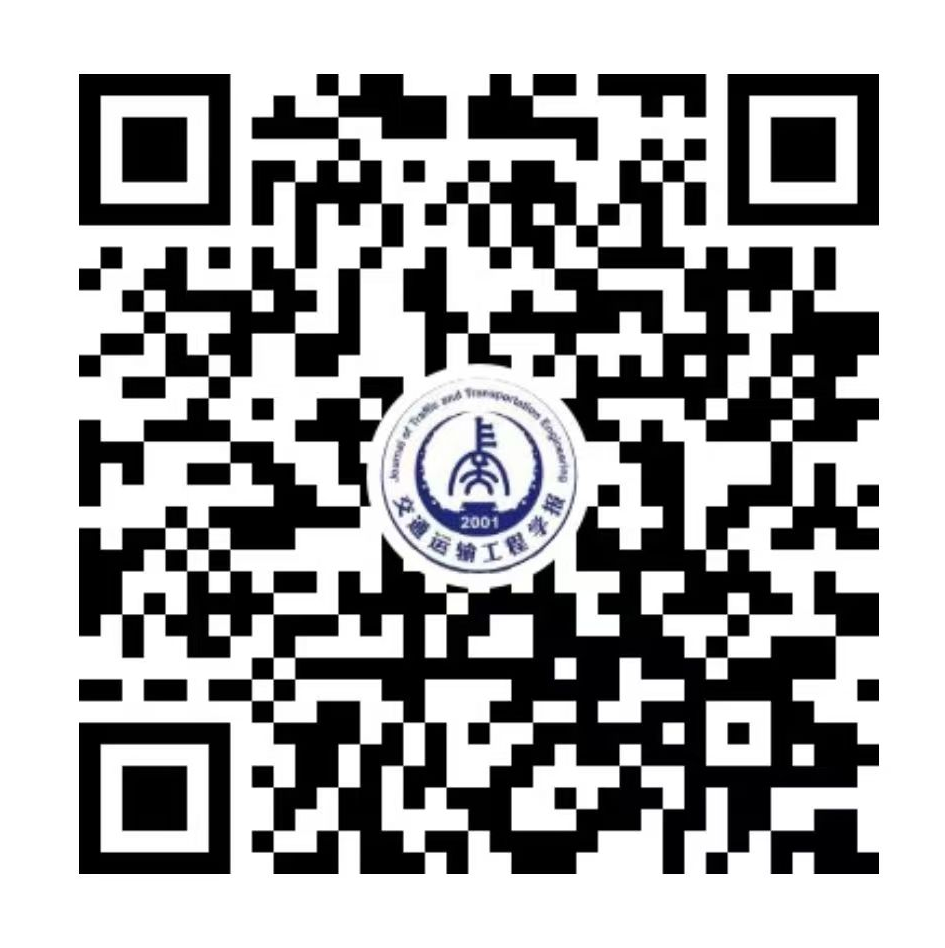2011 Vol. 11, No. 1
Display Method:
Solution of vehicle routing problem with backhauls considering cost of arranging freight in carriage
Abstract:
2011, 11(1): 95-99.
doi: 10.19818/j.cnki.1671-1637.2011.01.016





